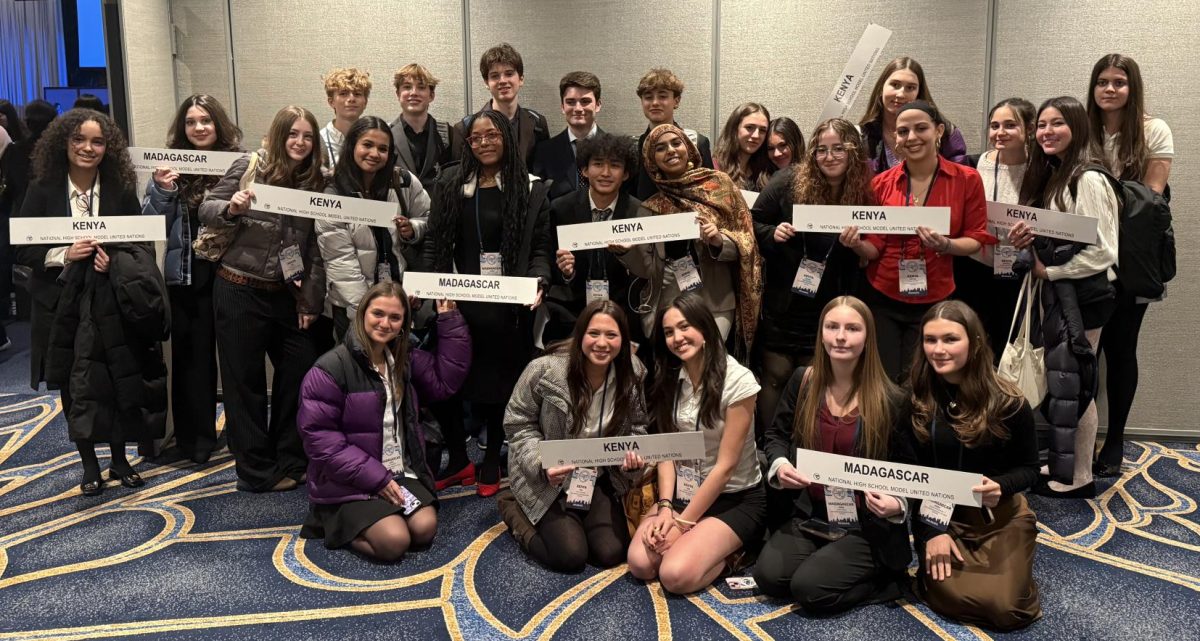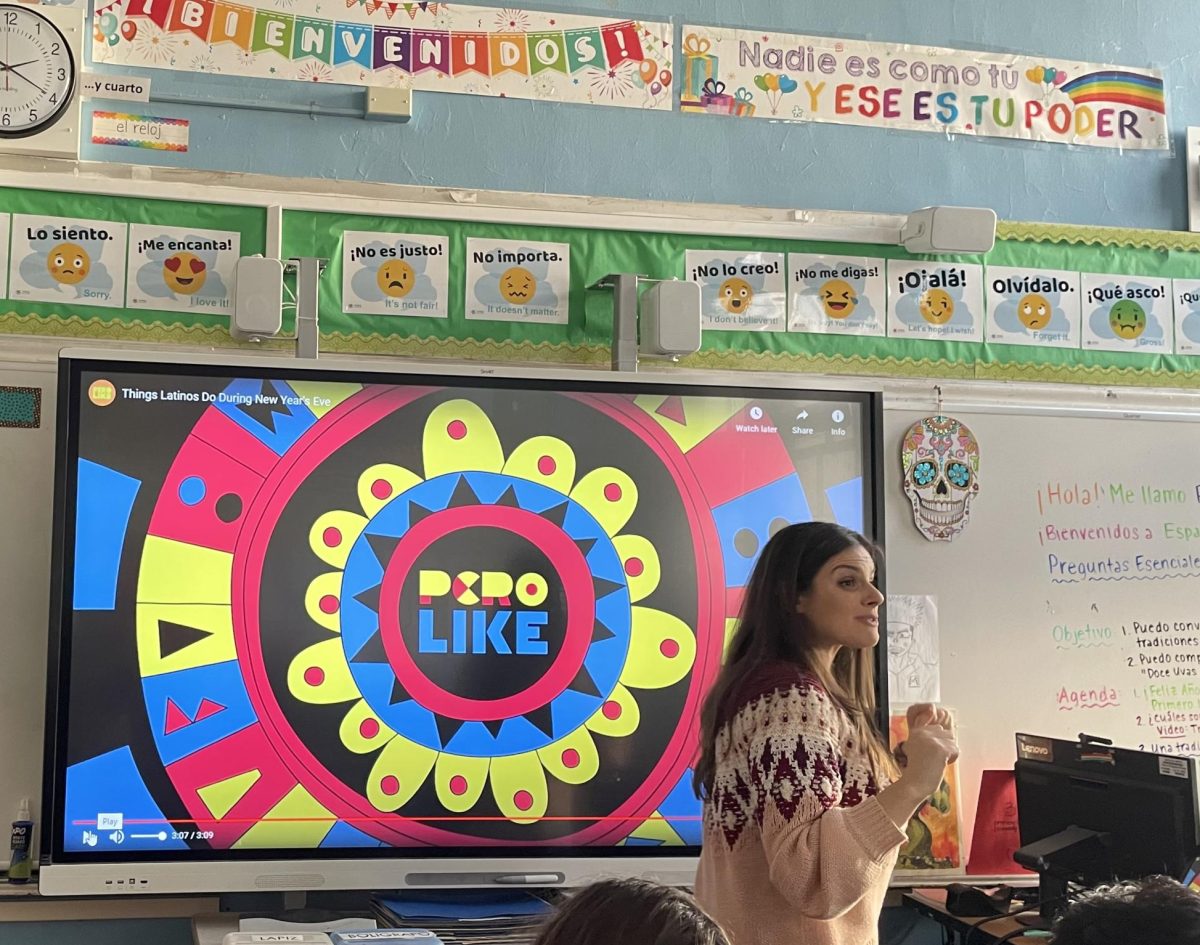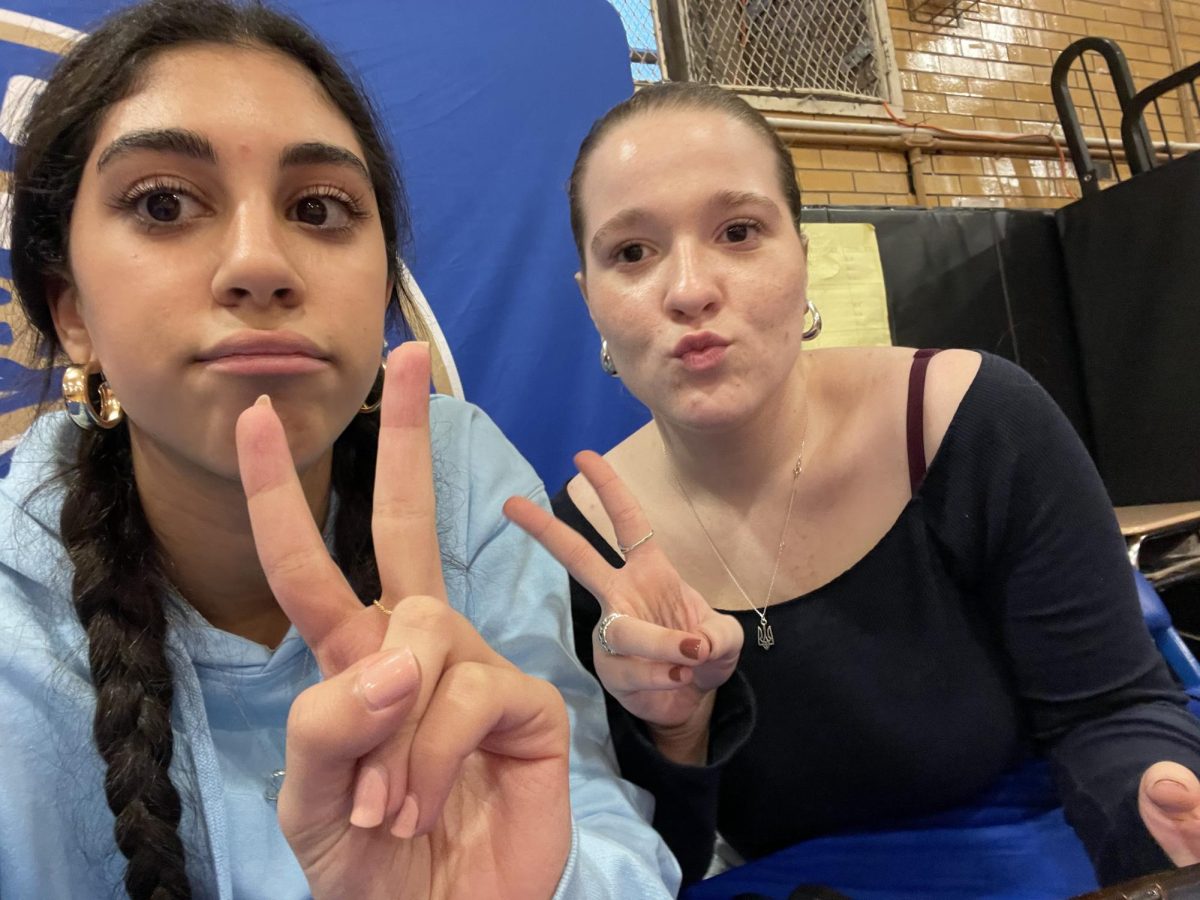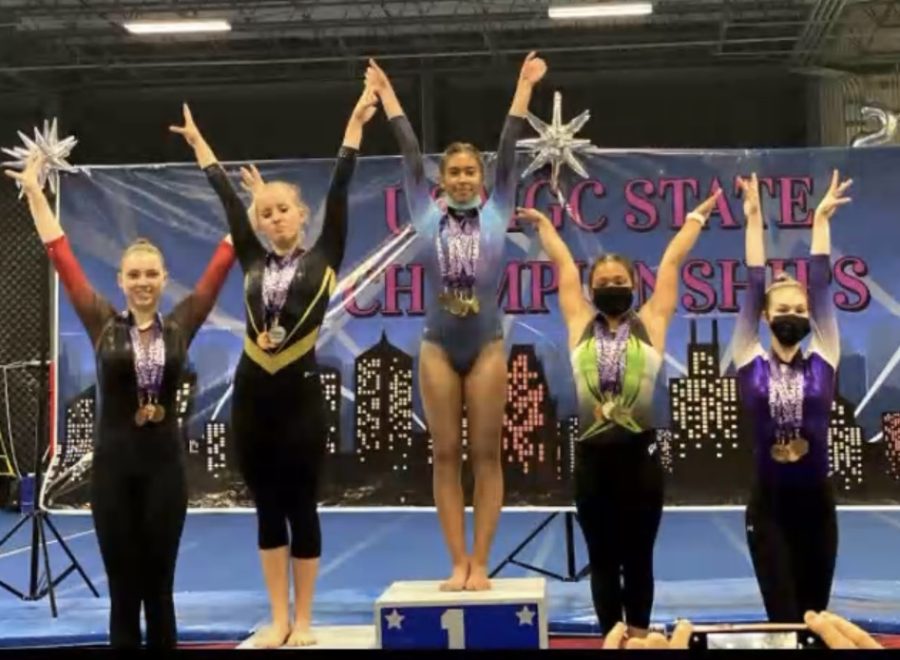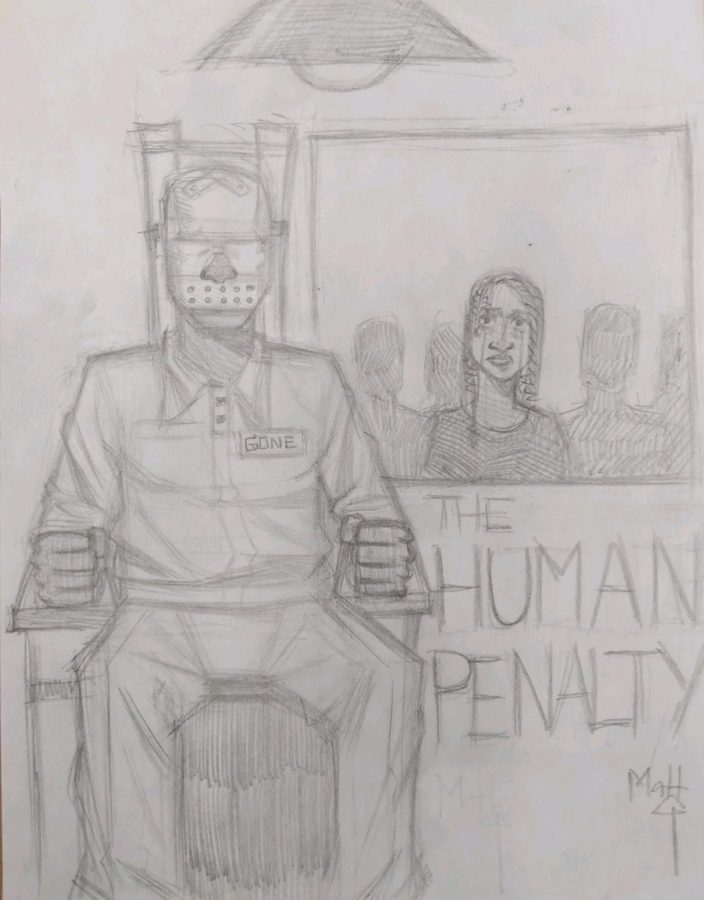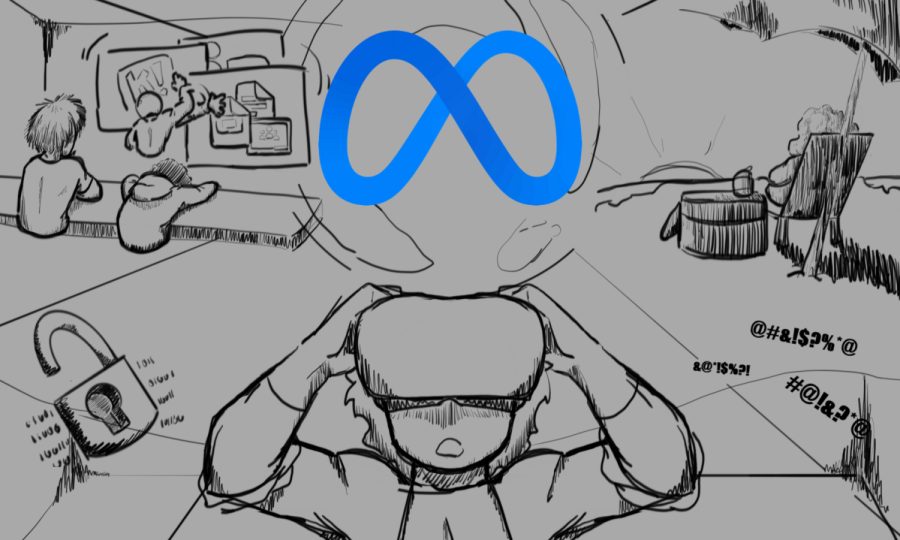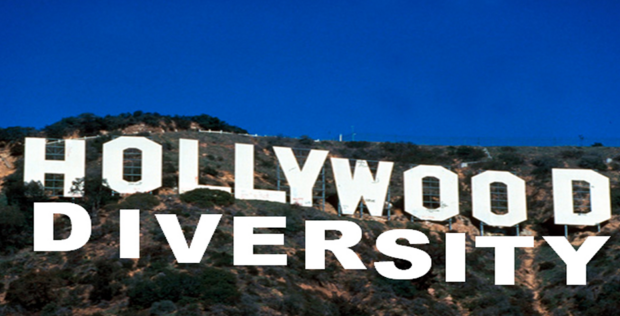Is Hollywood Diversifying Its Community?
November 29, 2017
Turning on the television one could easily spot a white male actor, but what about women or people of color?
According to a study done by the University of Southern California, only 28.3 percent of the characters with dialogue from more than 21,000 characters analyzed in more than 400 TV and film releases between September 2014 through August 2015 were non-white. Meanwhile non-white ethnic groups make up about 40 percent of the U.S. population. Hollywood continues to keep the media white dominated despite releases of shows like Black-ish, Empire, Jane the Virgin, and Fresh Off the Boat.
Ms. Davidson, the advisor for the Social Justice Club, thinks the same. “I think many hopeful things are happening in mainstream media, with Shonda Rimes’ projects, Ava Duvernay, Marvel’s steps at more inclusive and diverse projects/ characters, Master of None, Dear White People, This is Us, and so much more. The recent Emmy Awards was a great example of the evidence of change/reaction against a whitewashed world of Hollywood and media – though it can still do MUCH more to honor more Latinx, Asian and other actors/directors/writers/etc. of color.”
Indeed, even behind the scenes, people of color are basically invisible with only 19 percent being of people of color working behind the scenes in broadcast TV. With nobody behind the cameras to help out bring non-white actors into Hollywood, white actors and writers continue to guard the media with made for white actors only roles. The media is making it difficult for anybody of color to even attempt a chance at making it big. This creates large misrepresentation and stereotypes for them since the only way they are being portrayed are from the eyes of white writers who have no idea what it is like for a person of color. It starts with the people behind the camera. They should create more opportunities and roles for people of color to be represented and given main lead roles, not just background character roles or one liner roles. A white writer/producer/director can not write the stories of people of color because they aren’t able to accurately represent who they are.
Beyond representation for people of color, there is also the absence and misrepresentation of women in the media. Women are continuously being viewed as objects within the media and used for physical appearances. Unlike men, female characters are four times more likely to be shown in sexy attire, three times more likely to show some nudity and nearly four times as likely to be referred to as physically attractive. Jennifer Nguyen, a current junior, previously worked on a project with her classmates on how watching film/TV-shows that incorporates women of color influence New York City teenagers’ (13-19) perception of women of color and found similar results in the idea. Women of color were rarely portrayed and if they were, they would be portrayed inaccurately as submissive or over sexualized. “Many teenagers that we talked to were aware of these often false portrayals, but they admitted that they couldn’t help but consciously/unconsciously judge people of color based on the stereotypes that are portrayed on screen.” Society is feeding off Hollywood’s seclusion of people of color and are taking it as a step farther in the direction of misjudgement and stereotyping.
Hollywood needs to take a step back and include a more diverse cast, writers, producers, and directors. They are the only ones who can truly show the world who they are and what they are capable of doing.
